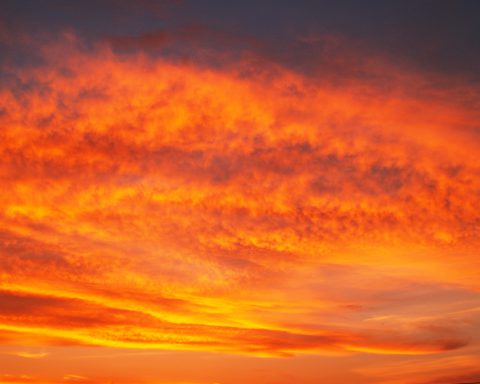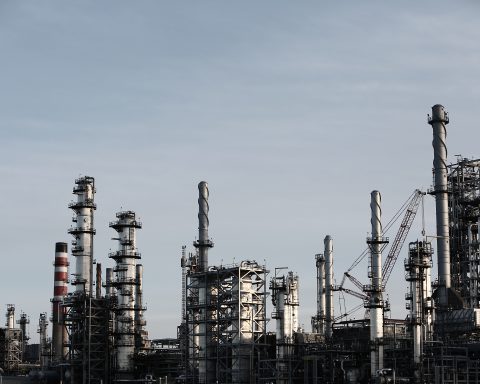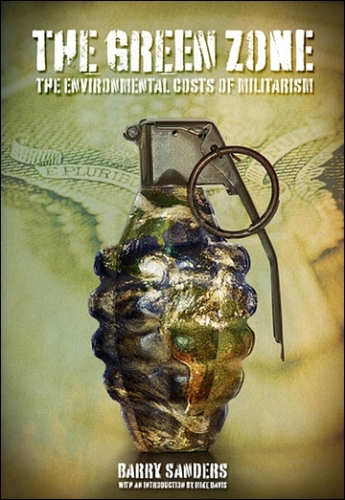Executive Director of Sunshine State Interfaith Power & Light discusses the process of adding photo voltaic (P.V.) solar panels to his roof—and why he felt called as a person of faith to make this change.
By Rev. Andy Bell, M.Div., LCSW View and Print as PDF.
View and Print as PDF.
 Back in June my wife proudly announced that for the third month in a row our power bill was just $10.49—and that was with running the air conditioner throughout the month. How is that possible in central Florida? It is simpler than we had imagined. So let me back up about four years to when we finally got serious about this particular journey.
Back in June my wife proudly announced that for the third month in a row our power bill was just $10.49—and that was with running the air conditioner throughout the month. How is that possible in central Florida? It is simpler than we had imagined. So let me back up about four years to when we finally got serious about this particular journey.
For years it had been a dream of mine to have a roof full of photo voltaic (P.V.) solar panels, the kind that make electricity. When we moved to Tampa in 1996 I was shocked and disappointed. Moving from Atlanta, I assumed everyone in Florida had P.V., hot water, and/or pool heating solar panels on their homes. There were none to be found except the occasional faded, sagging pool heaters that were never taken down when they outlived their useful lives.
My wife and I had talked about P.V. many times but always assumed it was completely out of the budget for a pastoral counselor and high school guidance counselor. One day I was visiting a friend who lives on his sailboat. A few boat slips away was a guy named Barry struggling with the deceased engine of his fishing boat. I offered to help. As we talked I found out the grieving fishing boat owner was a residential and solar contractor. Eventually when resurrection of the engine was hopeless and the tow service was called we swapped business cards. A week later he was inspecting our roof, checking slope and angle relative to the sun. When he gave us the approximate figure of $38,000 for a 5-kilowatt (kw) system, my heart sank. But, here is the story I vividly remember him telling: Barry had been working on a bid for a guy who lived in a 10,000 square foot house on one of the exclusive local islands who wanted a 12 kw P.V. array on his McMansion. When Barry began to explain that a system that size would not qualify for some of the rebates, the owner, who happened to be an energy engineer for a large corporation responded, ‘I don’t care. When you consider what energy will cost a few years from now I want the system on the house.’
At that point I had been embroiled in environmental and energy issues for years and knew that guy was telling the truth. Four years since Barry told me that story, we humans have gone to even more dire extremes and expense to extract carbon based fuels from the Earth to power our lifestyles.
Over the next several months after the initial P.V. estimate we received a few other bids, all fairly close to the original figure, but not doable on our budget. During the same time we started taking some steps that perhaps should have happened before the pursuit of P.V. We called the power company and scheduled their basic energy audit for the house. Interestingly at that time they had no significant recommendations.
___________________________________________
My wife and I had talked about P.V. many times but always assumed it was completely out of the budget for a pastoral counselor and high school guidance counselor.
___________________________________________
Nonetheless, living in an early 1960s block home, there were several changes we made anyway. The power company had made no recommendations about replacing our old, single pane windows, and they had no rebate programs for windows regardless. So an affordable option we chose was to add a reflective window coating that significantly reduced heat and UV infiltration, especially on the windows that received direct sunlight. There was a lot of caulking and replacing old weather stripping to cut down on air leaks. About a year later we were past due to replace the old tile roof. We chose a reflective white shingle and added a layer of two inch closed cell foam insulation on an area of flat roof. To further reduce energy use, I strung up an old fashion clothesline between a palm tree and gate post. Who would have thought to dry clothes in the Florida sun? Sometimes low tech works great and saves money.
So what does all this have to do with being a person of faith? I was raised in a small north Georgia town where I was able to play outside almost every day, climb pecan trees, dig and play in living soil, and inspect all manner of living beings in that red clay and soil; I got to dam up creeks, catch minnows, salamanders, and crawfish, and actually eat the fish we caught. Unlike far too many children today, I was able in some small way to have a relationship with God’s miraculous creation, the Earth. Even though I was raised in the buckle of the Bible belt, my family never attended church. My earliest spiritual experiences (I had no idea what to call them at the time) were experiencing the wonder and miracles of God’s creation story while hiking, camping, swimming, fishing, climbing, paddling, and playing in nature. It has been much easier for me than many city folk to understand “Earth to Earth, dust to dust, ashes to ashes” while watching life spring from the Earth and soon return to it.
It was as an adult that I actively engaged my own faith journey, chose a religious tradition, and pursued it with a passion. It didn’t take long for God to give me a not so gentle nudge toward seminary and ordained ministry. The social gospel and social justice, taught there in the seminary, didn’t seem new to me. In a small town we called that being neighborly, watchin’ out for one another, pitchin’ in when someone needed somethin’, making sure folks had enough to eat when they lost their job at one of the mills, holdin’ vigil at someone’s home or in a hospital room. As best as this southern boy can tell, it’s called ‘lovin’ your neighbor’—no matter which neighbor. The more our modern, consumptive lifestyles harm the Earth, the more we harm our neighbors, especially the poor and disenfranchised. It is impossible for me to call myself a Christian and live in denial about the devastation first world lifestyles inflict especially on the poor and people of color—a disproportionate impact examined in a new area of study called environmental racism. It is a soul killing incongruence.
Over the last two or three decades there have been a few modern prophets desperately sounding the alarm for the ultimate social injustice: the damage done to the earth and atmosphere endangering all of God’s beloved living beings. It is time for more faith leaders to emerge, clergy and lay. I have heard too many clergy say that their congregations are lay-led and that when the laity is interested in Creation Care, they will be there to provide support. I think back over distant and recent history of so many critical social justice movements that required clergy with a clear, prophetic voice. This is another one of those moments. But the Earth does not have time for people of faith to decide it is convenient to take a stand.
I accepted the position as executive director of Sunshine State Interfaith Power & Light a year ago. Our mission is to mobilize faith communities to address the climate crisis and to practice Care of Creation in Florida. Reading the Bible and writings of other world religions, it seems strange we now need organizations to remind religious folk to Care for God’s Earth. For me, accepting this position with SSIPL, using the passion God has given me to Care for Creation, speaking a prophetic message of social and Earth justice to all who will listen, and the family decision to use my SSIPL salary to install a 5kw PV solar array on the house (now less than half the cost of four years ago), are a few of the ways my wife and I strive to live a more congruent life with the Gospel of Jesus Christ. Answering the call to be a benevolent, caretaking steward (a more accurate translation than “dominion” in Gen. 1.26) of God’s Creation, during this time of converging environmental and climatic crises, is imperative for living the life of a Christian.
Consider adding solar panels to your church, home, or office.
Become an Energy Star congregation: The U.S. Environmental Protection Agency’s Energy Star for Congregations program provides churches with free information and technical support to lessen energy usage. The program’s website includes a guidebook for congregations to get started on energy stewardship.
Get a home energy audit from your local utility company. Find out more from NSTAR and Energy Star.
Read more articles like this one in the Nov 2012–Jan 2013 issue, “Hope for Eco-Activists: Discovering an Environmental Faith“
Rev. Andy Bell is United Methodist clergy, the executive director of Sunshine State Interfaith Power & Light, and the director of the Lakewood Methodist Counseling Center in St. Petersburg, Florida. As a GreenFaith Fellow, he feels the spiritual callings of Caring for Creation and pastoral counseling to be related healing ministries with the understanding that without a healthy Earth there are no healthy people.







Unbound Social